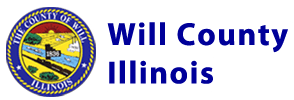
Infrastructure
Water, Sewer, & Broadband
Infrastructure Dashboard
Click to see a breakdown of how ARPA funds have been used throughout Will County.
Applications closed on March 3, 2023
For additional information about grant applications, future grant opportunities, or general inquiries, please contact arpainfo@willcounty.gov
Overview
Will County received $134 million in American Rescue Plan (ARP) funds, of which up to $16 million will be made available to agencies for eligible water, sewer, and broadband infrastructure projects.
Infrastructure projects funded through this program should primarily benefit residents of Will County. The funding request is capped at $500,000, but the total project cost may be in excess if the project has secured funds and does not incur debt.
All questions must be submitted in writing to arpainfo@willcounty.gov. Technical assistance may be available through the open application period. The last day to submit questions is Friday, February 24 at 4:30 pm CST.
Awards for a funded project, if selected, will be provided on a cost reimbursable basis for eligible activities undertaken after execution of a grant agreement with the subrecipient. Work that is contracted prior to the execution of the agreement with the County or that has not been competitively procured cannot be funded with ARP. All items purchased with ARPA funds must be competitively procured in compliance with 2CFR200, whether by bid or quote, as specified in the grant agreement.
Scoring Considerations:
Applications will be evaluated based on the criteria below.
Impact of Project & Clientele Served
Learn More
Each applicant will be required to identify the projected number of residents, businesses, schools, etc. that will be impacted by the project. The Treasury prioritizes projects that benefit underserved communities.
Feasibility
Learn More
The feasibility of the project will be determined by identifying how the project will solve the problem or improve conditions. If the project is unable to completely solve a systemic or area-wide problem, a plan must be proposed to address the remaining need. The projects proposed schedule and anticipated delays must also be addressed and evaluated. The project’s sustainability, as well as the applicant’s ability to operate and maintain system improvements will also contribute to the project’s feasibility evaluation
Organizational Capacity & Experience
Learn More
This metric will help determine the applicant’s project team’s experience and overall capability and capacity to perform the project and adhere to the guidelines set forth by the Treasury in the Final Rule.
Alignment with Treasury-Allowable Fund Uses:
Learn More
Each project must adhere to the requirements set forth by the Treasury in the Final Rule. Only projects that meet the standards set in the Final Rule will be considered for funding.
Budget &
Leveraged Funds:
Learn More
Each project must have a clear and reasonable budget that includes all costs associated with the project (hard and soft costs). For any project that has already received non-ARP funding the budget must clearly state which phases/parts/portions of the project are to be funded by ARP and non-ARP funds.
Project
Evaluation:
Learn More
Each project must have a plan to accurately and quantifiably assess if the immediate need was meet by the project. The evaluation process does not end when construction is complete and does not only take into consideration the construction process. The overall sustainability of the project throughout it’s lifecycle will be assessed and that includes but is not limited to: maintenance requirements, additional staff required to perform maintenance, taxes, fees and utility bill increases associated with the system improvements, and any other costs that may be associated with the project that are incurred before, during and after construction.
Who can apply?
School Districts
Municipalities
Water/Sewer Districts
Townships
Clean Water
- Construction of publicly owned treatment works
- Projects pursuant to implementation of a nonpoint source pollution management program established under the Clean Water Act (CWA)
- Decentralized wastewater treatment systems that treat municipal wastewater or domestic sewage
- Management and treatment of stormwater or subsurface drainage water
- Water conservation, efficiency, or reuse measures
- Development and implementation of a conservation and management plan under the CWA
- Watershed projects meeting the criteria set forth in the CWA
- Energy consumption reduction for publicly owned treatment works
- Reuse or recycling of wastewater, stormwater, or subsurface drainage water
- Security of publicly owned treatment works
Drinking Water
- Facilities to improve drinking water quality
- Transmission and distribution, including improvements of water pressure or prevention of contamination in infrastructure and lead service line replacements
- New sources to replace contaminated drinking water or increase drought resilience, including aquifer storage and recovery system for water storage
- Green infrastructure, including green roofs, rainwater harvesting collection, permeable pavement
- Storage of drinking water, such as to prevent contaminants or equalize water demands
- Purchase of water systems and interconnection of systems
- New community water systems
Additional
- Culvert repair, resizing, and removal, replacement of storm sewers, and additional types of stormwater infrastructure
- Infrastructure to improve access to safe drinking water for individual served by residential wells, including testing initiatives, and treatment/remediation strategies that address contamination
- Dam and reservoir rehabilitation if primary purpose of dam or reservoir is for drinking water supply and project is necessary for the provision of drinking water
- Broad set of lead remediation projects eligible under EPA grant programs authorized by the Water Infrastructure Improvements for the Nation (WIIN) Act, such as lead testing, installation of corrosion control treatment, lead service line replacement, as well as water quality testing, compliance monitoring, and remediation activities, including replacement of internal plumbing and faucets and fixtures in schools and childcare facilities
